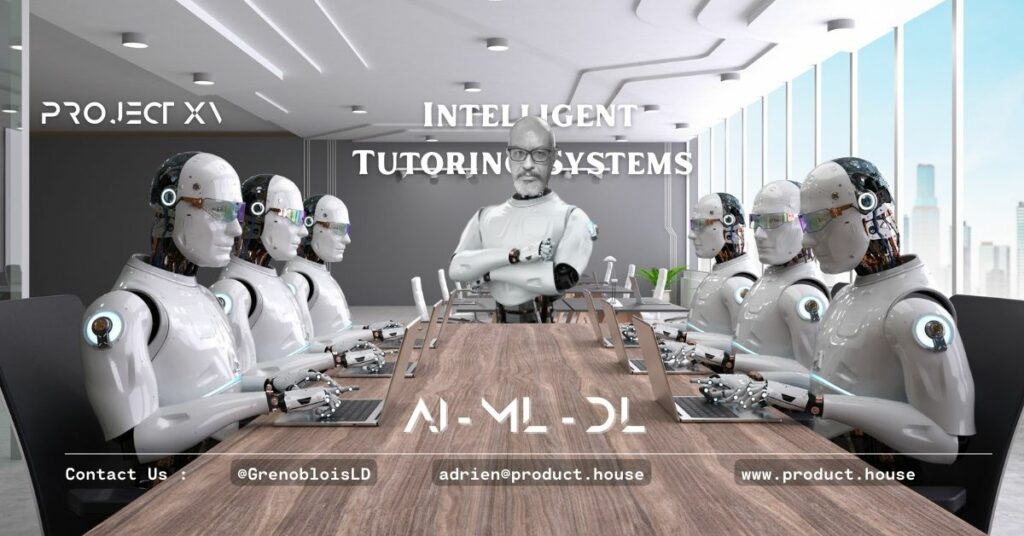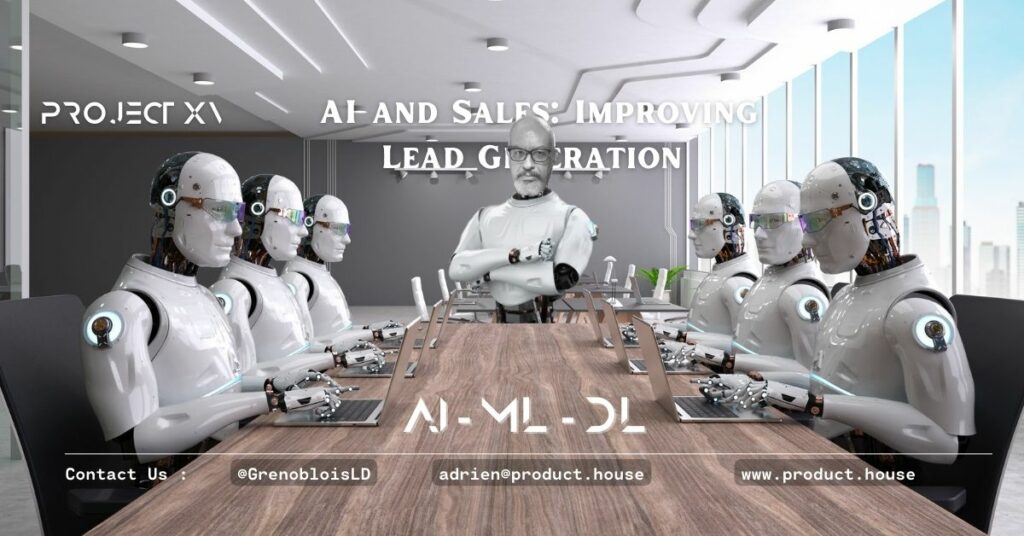Intelligent Tutoring Systems: How AI Can Improve Student Learning

Intelligent Tutoring Systems (ITS) are a type of educational technology that uses artificial intelligence (AI) to provide personalized learning experiences for students. By analyzing student data and adapting to their individual needs, ITS can improve student learning outcomes and help teachers better meet the needs of their students. In this article, we will explore the ways in which ITS can improve student learning.
Introduction
The traditional education system has a one-size-fits-all approach to teaching, which can leave some students behind. However, with the advent of new technologies like ITS, the way we teach and learn is changing. ITS has the potential to provide students with a personalized learning experience, improve the quality of education, and reduce costs.
How ITS Works
ITS uses machine learning algorithms to analyze student data and provide personalized feedback and learning experiences. It adapts to the individual needs of each student, providing them with the support they need to learn and grow. ITS can also provide feedback to teachers, helping them to better understand their students and meet their individual needs.
Benefits of ITS
One of the biggest benefits of ITS is its ability to provide personalized learning experiences for students. By adapting to the individual needs of each student, ITS can provide them with the support they need to learn and grow. This leads to better learning outcomes and improved student engagement.
Another benefit of ITS is its ability to reduce costs. With ITS, students can receive personalized support and feedback without the need for additional resources. This can help educational institutions to provide better education to more students without increasing costs.
Challenges and Opportunities
While ITS has the potential to revolutionize education, there are also some challenges that need to be addressed. One of the biggest challenges is the need for high-quality data. Machine learning algorithms require large amounts of data to be trained, and the quality of the data is critical to the accuracy of the predictions. This means that educational institutions need to invest in data quality and data management to ensure that their machine learning models are accurate.
Another challenge is the need for expertise in data science and machine learning. Educational institutions need to have a good understanding of how machine learning works, and they need to be able to work with data scientists to develop and deploy machine learning models. This requires a certain level of technical knowledge, as well as an understanding of the educational context.
However, despite these challenges, there are many opportunities for the education industry to use ITS in new and innovative ways. With the right approach, ITS can help educational institutions provide better education to their students.
Resources and Further Reading
If you are interested in learning more about ITS and how it can improve student learning, there are many resources available to you. Here are a few recommendations:
Books:
- “Intelligent Tutoring Systems: Lessons Learned” edited by Beverly Woolf, Esma Aimeur, Roger Nkambou, and Susanne Lajoie
- “Intelligent Tutoring Systems: Evolutions in Design” edited by Roger Nkambou, Riichiro Mizoguchi, and Jacqueline Bourdeau
Online Courses:
- “Intelligent Tutoring Systems” offered by edX
- “Introduction to Artificial Intelligence in Education” offered by Udemy 3. “Machine Learning for Educators” offered by edX
University Courses:
- “Artificial Intelligence in Education” offered by Stanford University
- “Intelligent Tutoring Systems” offered by University of Memphis
- “Machine Learning for Education” offered by Carnegie Mellon University
Suggested Teachers:
- Beverly Woolf
- Esma Aimeur
- Roger Nkambou
- Susanne Lajoie
- Riichiro Mizoguchi
- Jacqueline Bourdeau
Examples:
- Personalized feedback and learning experiences for students based on their individual needs
- Improved learning outcomes and student engagement
- Reduced costs through personalized support and feedback without additional resources
FAQs:
Q: How do ITS work?
A: ITS uses machine learning algorithms to analyze student data and provide personalized feedback and learning experiences. It adapts to the individual needs of each student, providing them with the support they need to learn and grow.
Q: What are the benefits of ITS?
A: The benefits of ITS include personalized learning experiences for students, improved learning outcomes and student engagement, and reduced costs.
Q: What are some of the challenges of using ITS in education?
A: One of the biggest challenges is the need for high-quality data. Machine learning algorithms require large amounts of data to be trained, and the quality of the data is critical to the accuracy of the predictions. Another challenge is the need for expertise in data science and machine learning.
Q: What are some of the opportunities for using ITS in education?
A: The opportunities for using ITS in education include personalized learning experiences for students, improved learning outcomes and student engagement, and reduced costs.
Q: What is the role of machine learning in ITS?
A: Machine learning algorithms are used to analyze student data and provide personalized feedback and learning experiences in ITS.
Q: What kinds of data are used in ITS? A: ITS can use a variety of data to personalize learning experiences, including student performance data, behavioral data, and demographic data.
Q: Can ITS be used in different subjects or is it limited to certain fields? A: ITS can be used in a variety of subjects and fields, including math, science, language arts, and more.
Q: What are some examples of ITS in use today? A: Some examples of ITS in use today include Carnegie Learning’s math tutoring software, Knewton’s adaptive learning platform, and Duolingo’s language learning app.
Q: How can ITS benefit teachers? A: ITS can provide teachers with real-time data on student progress and performance, helping them to identify areas where students are struggling and providing suggestions for how to improve student learning outcomes.
Q: What is the future of ITS in education?
A: The future of ITS in education is bright, with many opportunities for innovative uses of machine learning and AI in the classroom. As technology continues to evolve, we can expect to see even more advanced and sophisticated uses of ITS in the years to come.
5 different ITS solutions and their provider names:
- Carnegie Learning: Carnegie Learning is a provider of math tutoring software that uses ITS to provide personalized learning experiences for students. Their software uses machine learning algorithms to analyze student data and provide real-time feedback and support.
- Knewton: Knewton is an adaptive learning platform that uses ITS to provide personalized learning experiences for students in a variety of subjects. Their platform uses machine learning algorithms to analyze student data and provide customized learning experiences that are tailored to the individual needs of each student.
- Duolingo: Duolingo is a language learning app that uses ITS to provide personalized learning experiences for students. Their app uses machine learning algorithms to analyze student data and provide customized learning experiences that are tailored to the individual needs of each student.
- Smart Sparrow: Smart Sparrow is an adaptive learning platform that uses ITS to provide personalized learning experiences for students in a variety of subjects. Their platform uses machine learning algorithms to analyze student data and provide customized learning experiences that are tailored to the individual needs of each student.
- DreamBox Learning: DreamBox Learning is a provider of math tutoring software that uses ITS to provide personalized learning experiences for students. Their software uses machine learning algorithms to analyze student data and provide real-time feedback and support.
All of these ITS solutions use machine learning algorithms to analyze student data and provide personalized learning experiences that are tailored to the individual needs of each student. They have all been shown to improve learning outcomes and student engagement, and they are widely used in educational institutions around the world.




